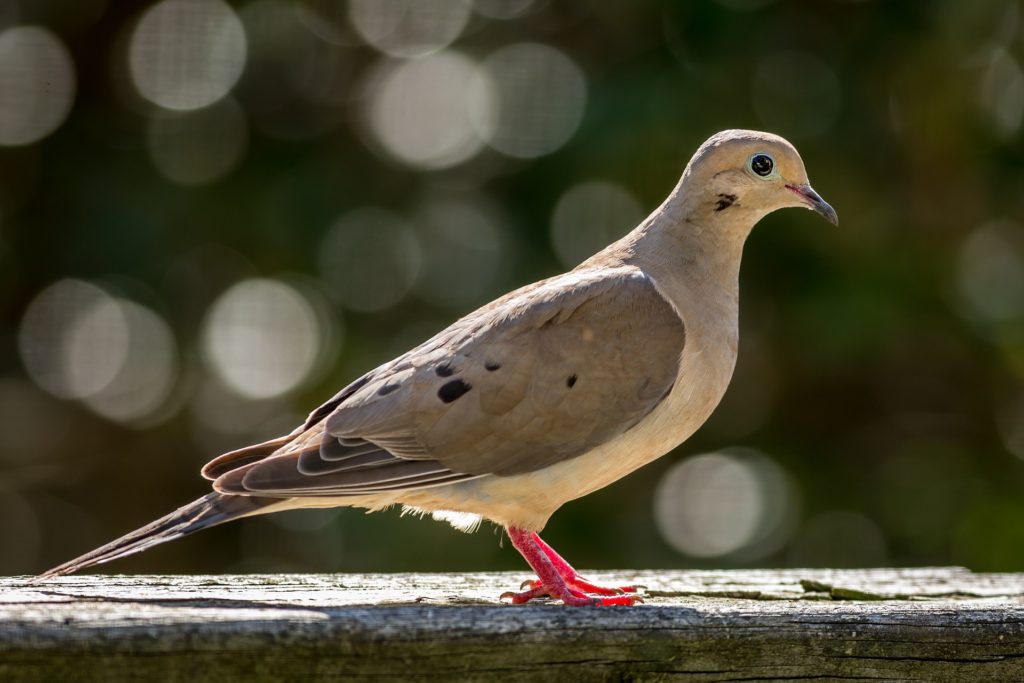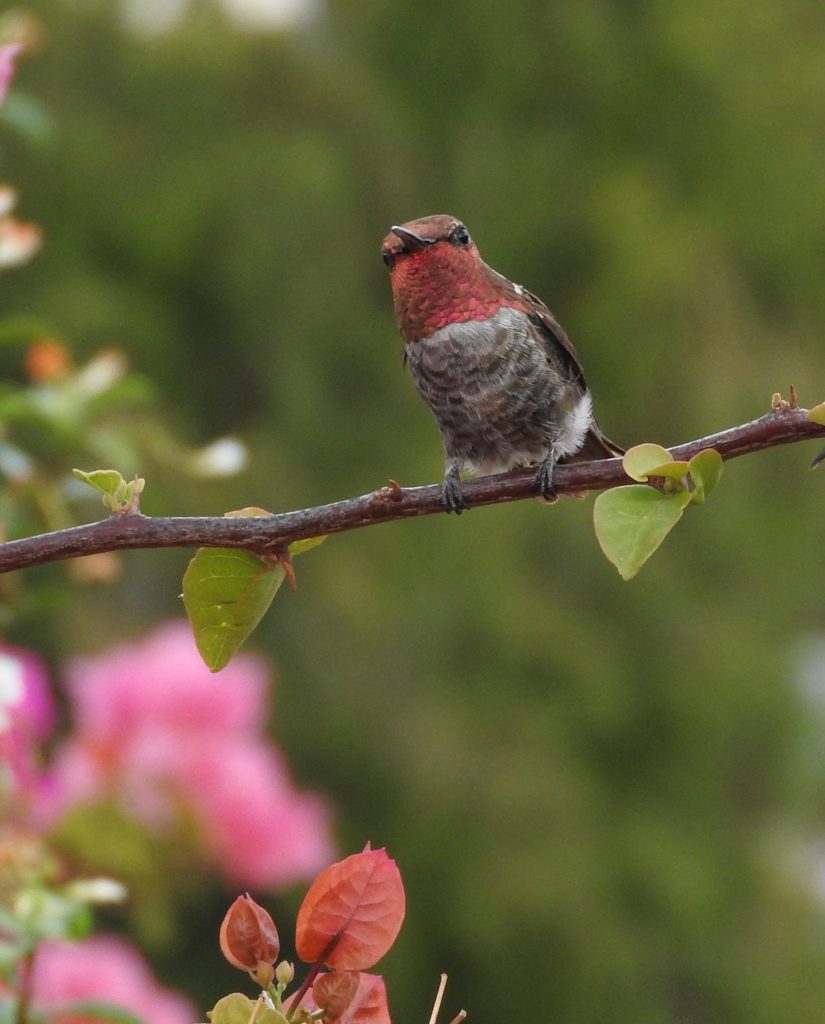
Whether it’s the Arizona trout or the sheer contrast in weather in different regions, Arizona is known for many things. This southwestern state is known for its natural beauty and has sceneries to die for. There is a lot to do in Arizona that includes visiting The Grand Canyon and several monuments and national parks. There is also something you can do there that not many people know about. Bird Watching!
No, you didn’t misread that. We actually meant birdwatching. It doesn’t matter if you are an avid bird watcher or not; everyone loves a good sight to see. And the best part? You won’t have to hunt for hours to catch a glimpse of a beautiful bird. You can even do that from the comfort of your own home.
There are numerous species of backyard birds found in Arizona. Although it’s not possible to name every single one of them, we can do our best to name the most common ones.
So, let’s not wait anymore; here are the most common backyard birds found in Arizona.
GET KIDS BIRD WATCHING
Top Backyard Birds Found in Arizona
Mourning Dove
Number one on our list is the Mourning Dove. A beautiful pale pink-brown bird with darker brownish wings and tail, with white edges on the tails, is one of the most common backyard birds found in Arizona. They are mostly present in farmlands, woods, or basically, any semi-open areas because even though they like their space, they don’t like being exposed all the time.
The Mourning Dove is named after its mournful cooing that reminds people of springtime birdsongs. They are about 12 inches long with a plump body and a small head. In addition to that, they also have tiny legs. However, in contrast to their small legs and head, they have a long and pointed tail.
You’ll find them all year round, just roaming everywhere with their mournful cooing. If you want a closer look at them, try attracting them with seeds because Mourning Doves mainly survive on seeds. You can offer them black oil sunflower seeds either on the ground or on a large tray feeder.

House Finch
Although House Finches originated from the west, now they are widespread all over the United States. They are birds with a medium build, around 6 inches, from the top of the tail to the top of the bill. House Finches also have a long tail that is notched and a conical, short bill to go with it.
You can easily distinguish a female House Finch from a male House Finch. The adult females are a brownish-gray color with thick but blurry streaks along their sides and a marked face. Adult male House Finches, on the other hand, have a rosy red chest, rump, and crown. Depending on their diets and genetics, the rosy red color can also be replaced with orange or even yellow (albeit rarely). They also have a brown tail, belly, and back, which is streaky.
Gila Woodpecker
Next on our list is Gila Woodpecker. They are a stout bird with a short tail and a large head, paired with a chiseled, long bill. Come on now, no one can forget a woodpecker’s beak. They have a beautiful pattern on their back and wings consisting of black and white stripes. Male Gila Woodpeckers have a red crown, unlike the female woodpeckers.
Gila Woodpeckers were initially really common in saguaro deserts, but with time they have now accustomed themselves to living in residential areas and towns. Unlike other woodpeckers, this species does not excavate for food a lot. They do it only occasionally. Instead, they usually glean and probe for food. These birds aren’t that much of a picky eater. They will eat anything ranging from insects to fruits and berries or even suet.
Lesser Goldfinch
Regardless of their name, including the word ‘Lesser,’ they are anything but that. They are small birds, but pair that with their big head, and you get these absolutely adorable creatures. They Essentially do not have a neck, which just adds to their look. Moreover, they also have a small, short, and conical bill to go with their body.
However, the best part about Lesser Goldfinch isn’t their small stature, but it’s their beautiful vibrant color. They have a greenback and yellow underpart, which also includes the under-tail coverts. They also have black tails and wings but with white streaks on them. Just like many other birds, male and female Lesser Goldfinch can be differentiated as the
males have black caps on the top of their heads. Just like a cute hat.
You’ll find these birds in open grasslands and fields as well as scrubby woodland trees, one of them being oak. You will usually find them in huge flocks, consisting of hundreds of them, feeding on weedy fields.
If you want to have a closer look at them, try offering them Nyjer seeds, preferably in a thistle sock feeder or even black oil sunflower seeds on a tube feeder. Although the former is preferred. What? They have their preferences.
Anna’s Hummingbird
Here we have Anna’s Hummingbird, an absolutely beautiful species of bird that deserve to be displayed in a museum, but lucky you; they are common backyard birds in Arizona. They have a very plump physique With long wings that cover their tails. One of their distinct features is their unmistakable long bill; it’s even longer than their heads!
Another distinctive feature of Anna’s hummingbird is its feathers. Their body is an ombre of green and gray. The upper part is green, while the underbelly is Gray, with a bit of green hue on the sides. Their face, on the other hand, is what you can use to distinguish between male and female Anna’s Hummingbirds. Male ones have beautiful iridescent and metallic rose-pink feathers that cover all of their head and neck. The females, on the other hand, have a pink spot on their throats.
They are abundant in open woods, Chaparral, and even suburban gardens. Even though they originated from Southern California and Northern Baja, Anna’s Hummingbirds are present all over Arizona.
They love to feed on insects and nectar, both of which they find in flowering plants. Offer them water with sugar dissolved in it in a hummingbird feeder. That is bound to attract them to your house.

Curve-billed Thrasher
Although the Curved-billed Thrasher is not the most common backyard bird of Arizona, it’s still common enough for it to show up in your backyard out of nowhere, regardless of it being a desert bird.
It has a long body and a long tail, with a rather short neck. But that’s not something Indian among birds. They also have a long, slender, and slightly curved bill, thus their name being Curve-billed Thrasher (although that seems pretty obvious). Their feathers are dusky and brown. The easterly population and the ones that belong from the west differ a bit as the former has a rather pale underside. Those that originate from the west are mostly single-toned brown.
Considering the fact that they come from the desert, they don’t have a lot of options for food, therefore not having a lot of room for them being picky (which, when thinking about it, is very sad). Curve-billed Thrashers are omnivorous birds. You’ll find them munching on insects as well fruits and berries they find on cactuses. There is a possibility of them eating seeds, but when it comes to them truly enjoying something, they love to eat mealworms as well as suet. Another way to attract them, apart from food, is a birdbath. They are known not to miss an opportunity to take full advantage of a birdbath.
In Conclusion
So, ranging from the bright Anna’s Hummingbird to the adorable Glia Woodpecker or the single tones Curve-billed Thrasher. Arizona has it all.
You don’t have to worry about taking out your binoculars, running around (albeit quietly) trying to see them. You get to see these beautiful birds anytime, even in your own home, with the right amount of luck and the right amount of bribe. It doesn’t matter if watching birds is a hobby of yours or not. Watching these creatures feeding themselves and just roaming around your house is a sight everyone loves, even if they don’t know it yet. For many people, it’s a very therapeutic activity, and for others, it’s just their way of appreciating nature.
So don’t wait anymore. Grab your bribe and start watching the sight of these beautiful backyard birds in Arizona.






